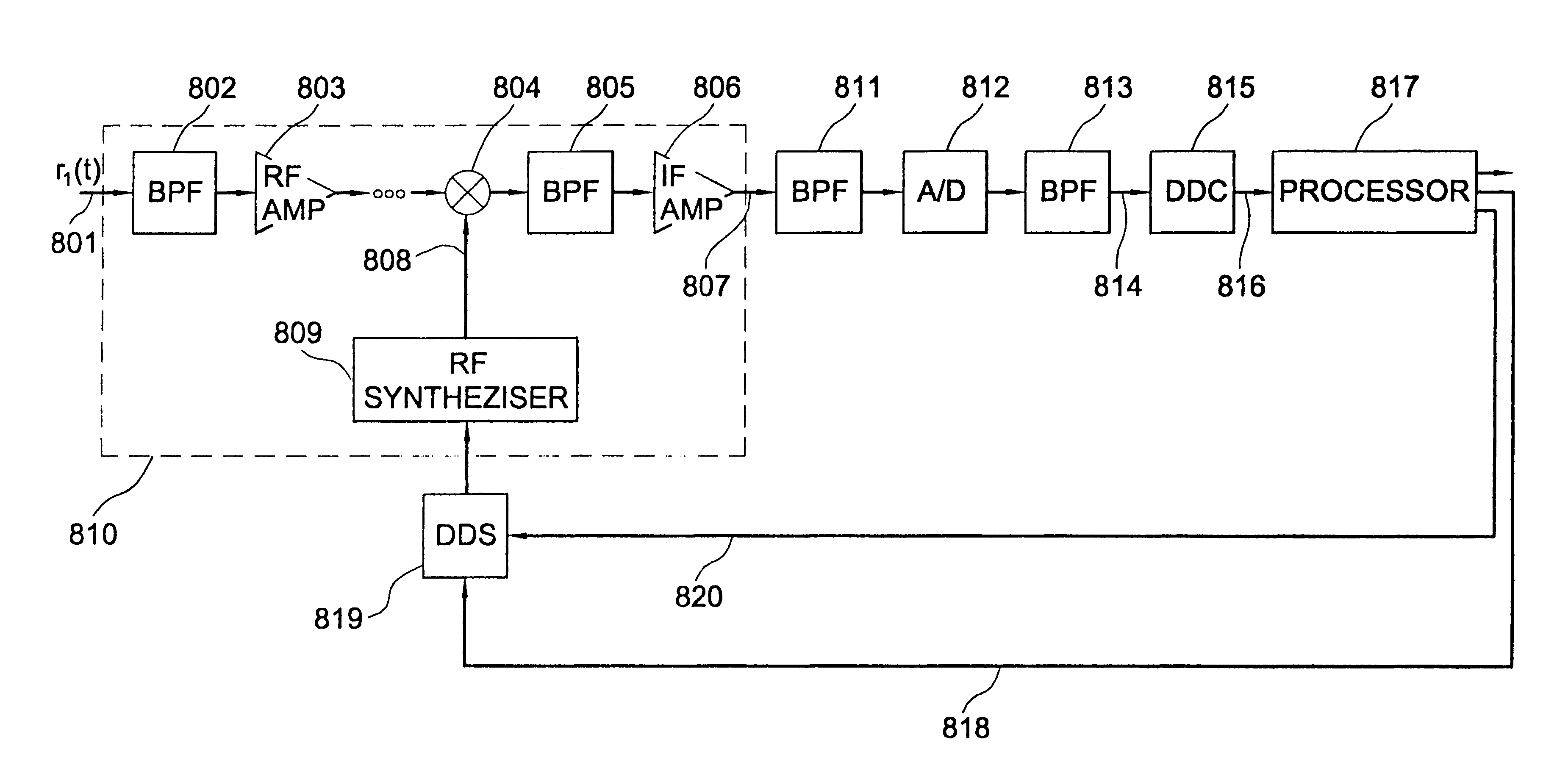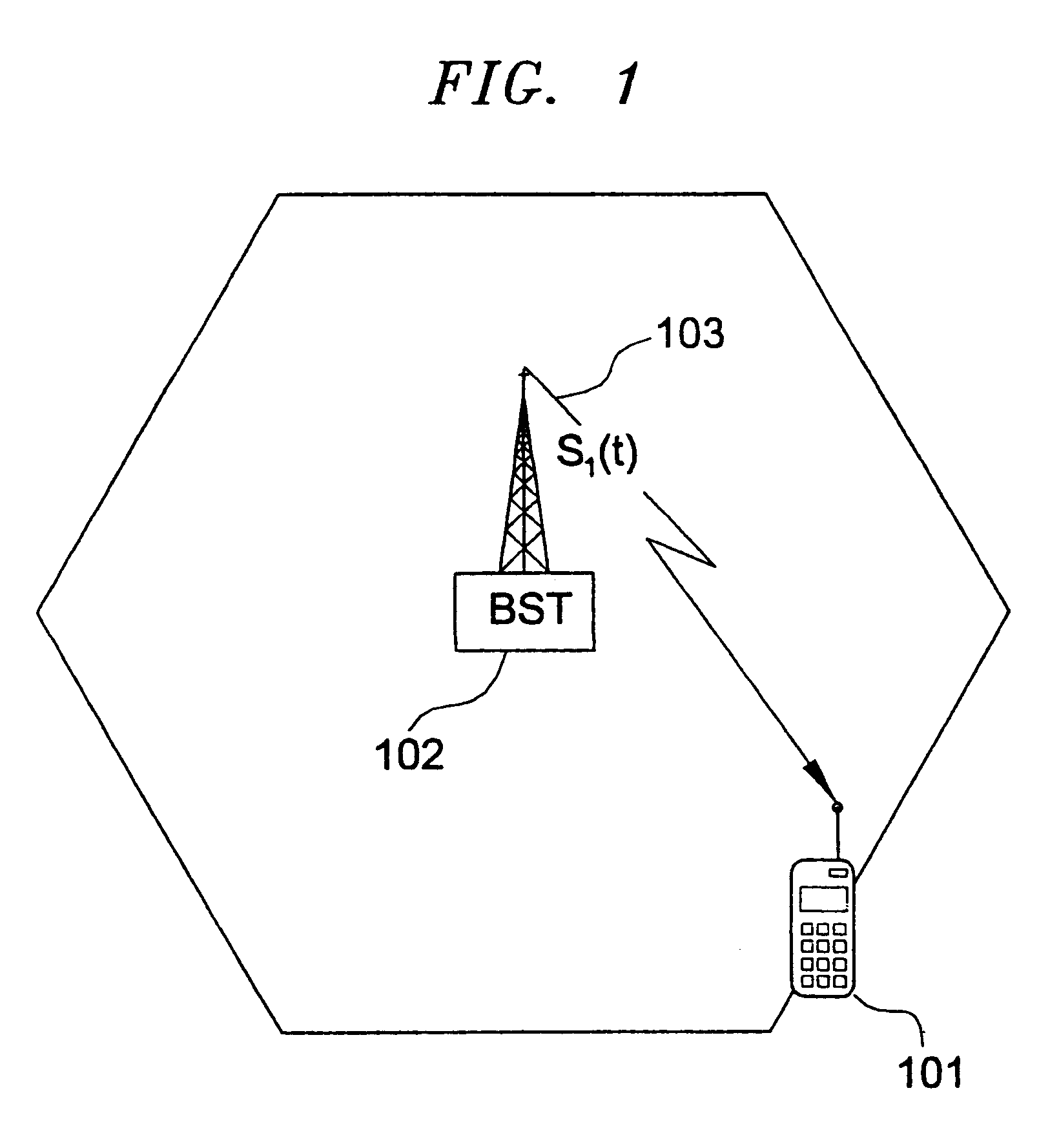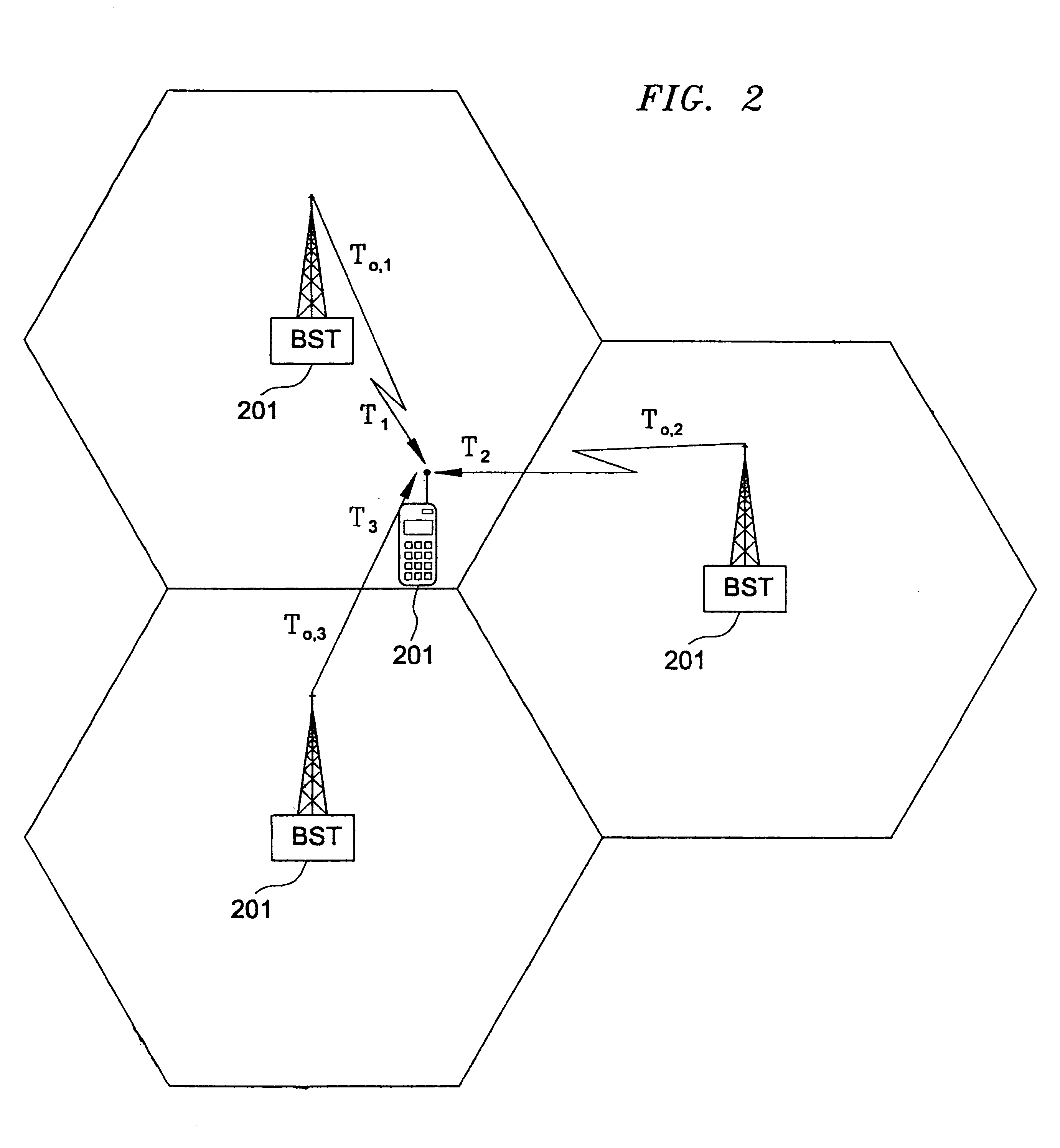Methods and apparatus to position a mobile receiver using downlink signals, part II
a mobile receiver and downlink technology, applied in direction finders, wireless communication, transmission, etc., can solve the problems of limiting the performance of ct location estimation, radio signals can interfere with each other, etc., to reduce the cost and complexity of a handset-based wls, and the use of rrs.
- Summary
- Abstract
- Description
- Claims
- Application Information
AI Technical Summary
Benefits of technology
Problems solved by technology
Method used
Image
Examples
Embodiment Construction
Theory:
In a WLS, many factors affect the system performance:
1. RF shadowing and flat fading,
2. frequency offsets (including LOs drift and Doppler Shifts),
3. clock errors,
4. time delays,
5. noise,
6. multipath (selective fading),
7. interference;
8. geographical geometry of the BSTs relative to the intended MR.
Each factor degrades the estimated location of the MR depending on the technology employed for extracting the independent equations required for location.
More specifically, the Low Pass (LP) equivalent signal, s.sub.i (t), transmitted from the i.sup.th BST can be modeled as
s.sub.i (t)=e.sup.-j2.pi.(f.sup..sub.c .sup.+.DELTA.f.sup..sub.i .sup.).tau..sup..sub.o,i e.sup.j(2.pi..DELTA.f.sup..sub.i .sup.t+.zeta..sup..sub.i .sup.) p.sub.i (t-.tau..sub.o,i) (3)
and the RF transmitted signal, s.sub.i (t), (see FIG. 1) can be expressed as
s.sub.i (t)=Re{e.sup.j2.pi.f.sup..sub.c .sup.t s.sub.i (t)} (4)
where
Re {.} denotes a real part operation;
f.sub.c is the carrier frequency,
.D...
PUM
 Login to View More
Login to View More Abstract
Description
Claims
Application Information
 Login to View More
Login to View More - R&D
- Intellectual Property
- Life Sciences
- Materials
- Tech Scout
- Unparalleled Data Quality
- Higher Quality Content
- 60% Fewer Hallucinations
Browse by: Latest US Patents, China's latest patents, Technical Efficacy Thesaurus, Application Domain, Technology Topic, Popular Technical Reports.
© 2025 PatSnap. All rights reserved.Legal|Privacy policy|Modern Slavery Act Transparency Statement|Sitemap|About US| Contact US: help@patsnap.com



